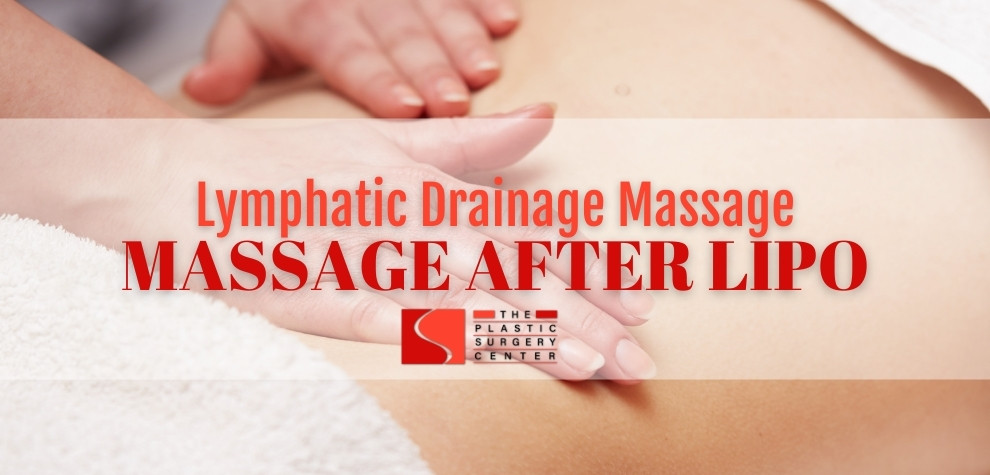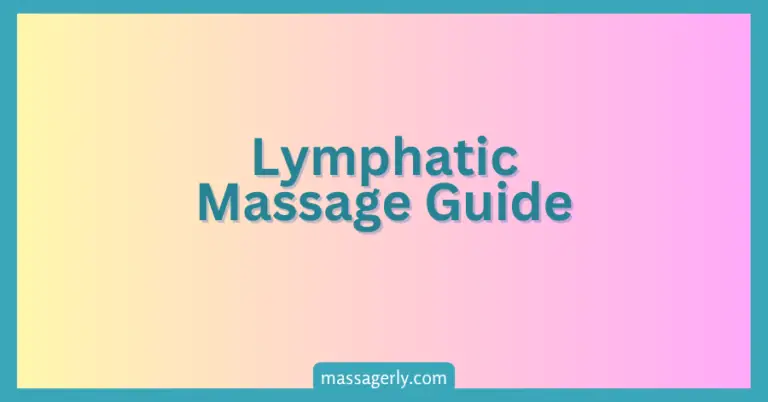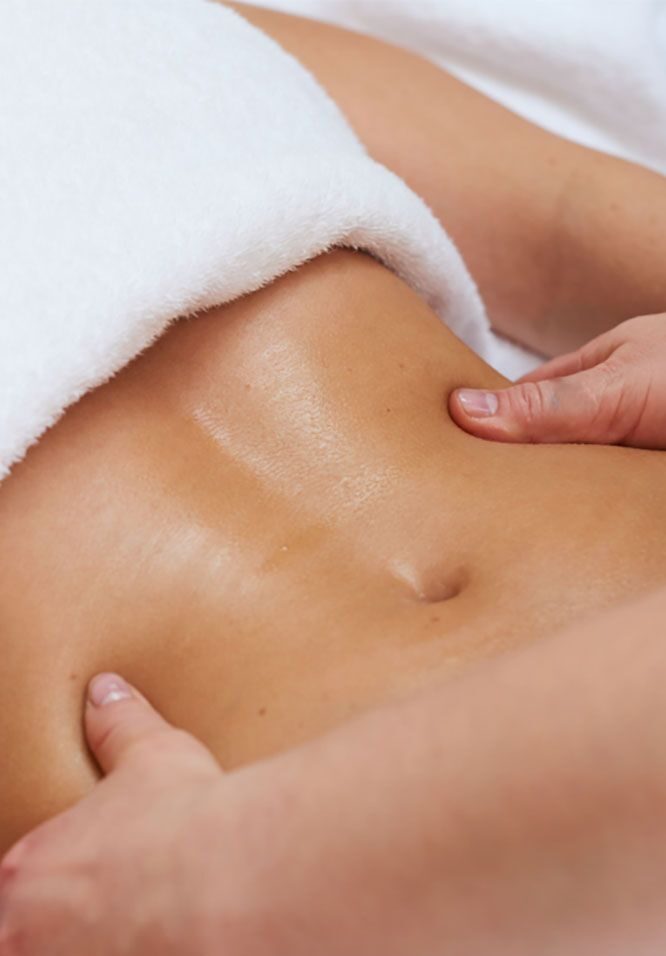Can I Do My Own Lymphatic Massage After Lipo

For individuals recovering from liposuction, the question of whether they can perform their own lymphatic massage is a common one. The procedure, aimed at reducing swelling and promoting healing, is frequently recommended post-surgery, leading many to explore self-administered options. However, navigating this path requires a careful understanding of the potential benefits and risks involved.
The core issue centers around whether self-lymphatic drainage is an appropriate and effective alternative to professional treatment. Experts caution that improper technique could not only prove ineffective but potentially cause harm. This article will delve into the nuances of self-lymphatic massage after liposuction, drawing on expert opinions and available research.
Lymphatic Massage After Lipo: The Basics
Lymphatic massage, also known as lymphatic drainage, is a gentle technique intended to encourage the natural drainage of the lymph, which carries waste products away from the tissues back toward the heart. After liposuction, the lymphatic system can become congested due to the trauma of the procedure. Consequently, lymphatic massage is often recommended to reduce swelling, minimize the risk of seroma formation (fluid buildup), and improve skin retraction.
Professional lymphatic massage is typically performed by a trained therapist. They possess a deep understanding of the lymphatic system and how to effectively manipulate it. However, the cost and accessibility of professional treatment can be barriers for some patients, leading them to consider self-massage techniques.
The Argument for Self-Lymphatic Massage
Proponents of self-lymphatic massage argue that it can be a cost-effective and convenient way to support the healing process after liposuction. Properly executed, they suggest it can help maintain the benefits achieved through initial professional treatments.
Online resources and tutorials often demonstrate techniques for self-massage. These usually involve light, rhythmic strokes in specific directions, aimed at guiding lymph fluid towards the lymph nodes.
The Counterarguments and Potential Risks
Skeptics and many medical professionals emphasize the potential risks associated with self-lymphatic massage, particularly if performed incorrectly. Dr. Emily Carter, a board-certified plastic surgeon, cautions, "While the idea of self-massage is appealing, the lymphatic system is complex. Incorrect pressure or direction could actually worsen swelling or lead to complications."
One of the main concerns is applying too much pressure. The lymphatic system is close to the surface of the skin, and overly forceful massage can damage delicate lymphatic vessels.
Furthermore, individuals with certain underlying medical conditions, such as congestive heart failure or kidney disease, may not be suitable candidates for any type of lymphatic massage, including self-administered techniques. Consultation with a physician or qualified therapist is crucial before attempting any self-massage.
Expert Recommendations and Safe Practices
The consensus among medical professionals is that self-lymphatic massage after liposuction should only be considered under specific circumstances. Firstly, it's essential to receive clear instruction and guidance from a qualified lymphatic massage therapist or plastic surgeon.
Secondly, start gently and monitor your body's response. If you experience increased pain, swelling, or any other concerning symptoms, stop immediately and consult with your surgeon or therapist.
Finally, remember that self-lymphatic massage should be viewed as a supplement to, not a replacement for, professional care. A few sessions with a trained therapist can teach you the proper techniques and ensure you're performing the massage safely and effectively.
Impact and Considerations
The decision to pursue self-lymphatic massage after liposuction is a personal one, but it should be made with informed consent and a realistic understanding of the potential benefits and risks. Patients must be able to differentiate between reliable sources of information and potentially harmful advice.
Open communication with your surgical team is paramount. Sharing your intentions to perform self-massage allows them to provide tailored guidance and monitor your progress closely.
Conclusion
While self-lymphatic massage may offer a convenient and cost-effective option for some liposuction patients, it's not a substitute for professional care and expertise. Prioritizing safety, seeking proper instruction, and closely monitoring your body's response are crucial steps in maximizing the potential benefits and minimizing the risks associated with this practice. Ultimately, the best approach is to work closely with your healthcare team to determine the most appropriate and effective post-operative care plan for your individual needs.


















